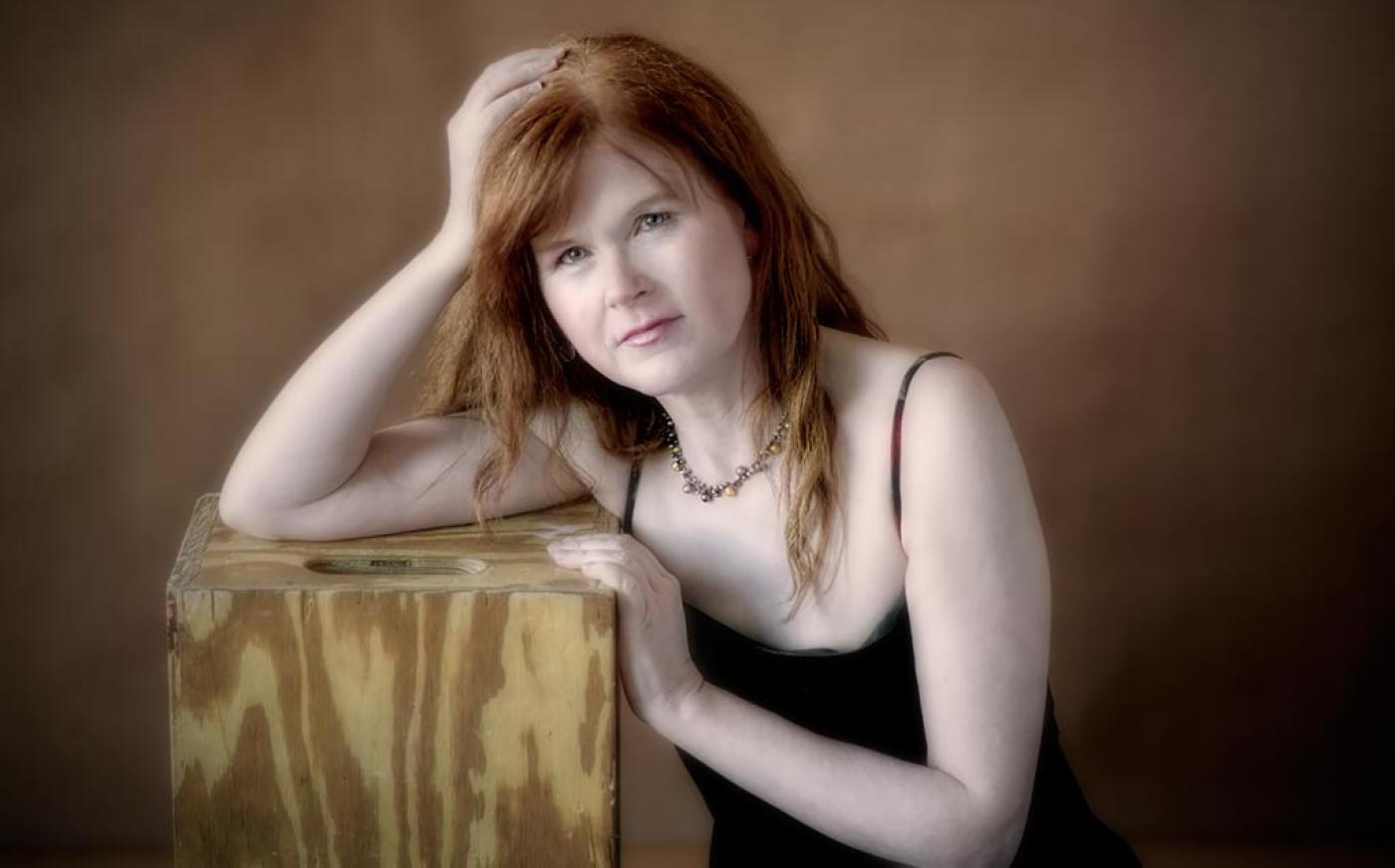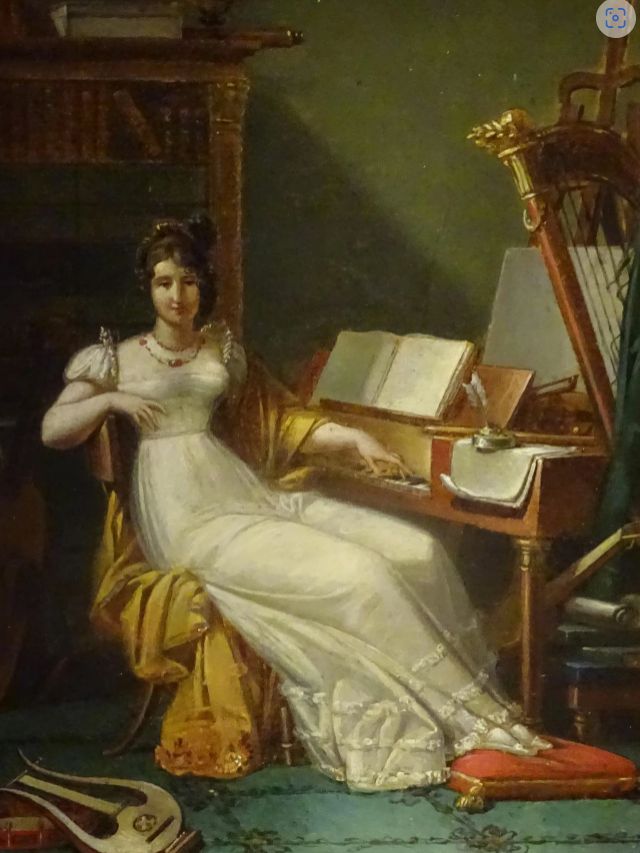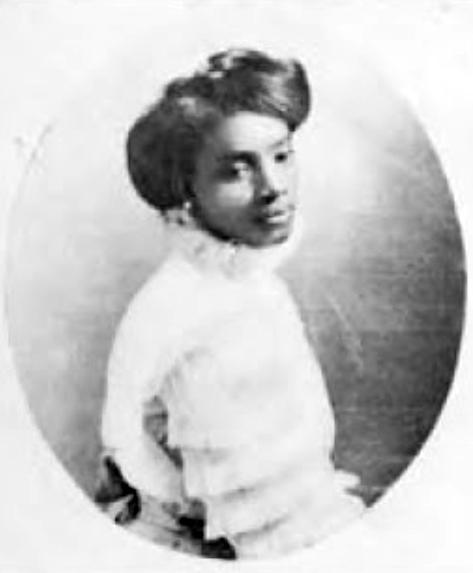The perfect International Women’s Day celebration takes place at the National Gallery of Art West Garden Court on Wednesday, March 8th beginning at twelve noon. Pianist, recording artist, teacher, radio personality and more, Sarah Cahill will treat the audience to two 2-hour recitals from her The Future is Female project, featuring a diverse selection of women composers from across the world and from across time. The program spans the 17th through the 21st centuries. The event is free and open to the public, and you can stay for the full four hours or come and go as you please. Read my interview with Sarah Cahill below to find out just how vast is the scope of her program. I begin by asking her about this musical marathon and how and why she came up with The Future is Female project.
Sarah Cahill: I grew up with classical music lessons and listening to lots of classical music. Eventually I realized how much was missing. I never learned, or heard, any classical music by women or by people of color. There were none in the music books I read. More recently I’ve worked with a number of great composers like Pauline Oliveros, Meredith Monk, and Annea Lockwood, but I felt urgently compelled to delve back into history, and around the world, to find the music we need to hear, and to educate myself as well.
NL: How has the project grown? Recordings, concerts, new discoveries?
SC: This project is growing all the time! When I presented it at the Barbican in London, exactly a year ago, I worked with an amazing curator, Helen Wallace, who introduced me to lots of important repertoire. On Wednesday at the National Gallery, I’ll play works by Louise Farrenc and Maria Szymanowska, two pioneering composers who are relatively new to me. In August 2020, I recorded thirty works over the course of ten days, for three albums on First Hand Records. Two of the albums have been released; the third is coming out at the end of April. But even since that time, I’ve added a lot of great music to this project, and have been performing across the country, both in marathons and in recitals. I’m also commissioning new works for this project.
NL: How do you discover the music? I imagine much of it is hidden away in the archives of history, not readily available. Do you sometimes have to re-create it from sketches?
SC: I love doing research, going to libraries, exploring online, listening to recordings, although many of these pieces haven’t been recorded before. Sometimes it does involve going down a rabbit hole and getting a little obsessive about finding scores by a particular composer. But there’s much more available now than there used to be. There are valuable resources like Hildegard Publishing, with hundreds of scores by women composers, and Women’s Philharmonic Advocacy, and Donne, Women in Music, and the Boulanger Initiative, and even a Facebook group about female composers. There are more historical compositions being uncovered all the time.
NL: Do you have current favorites—composers--discoveries?
SC: Right now I especially love Hélène de Montgeroult. I play a sonata she wrote in 1811 which is breathtakingly beautiful. And Emahoy Tsegué-Maryam Guèbrou, the Ethiopian nun who has written many extraordinary works and recorded them herself. And I love the April Preludes by Vítězslava Kaprálová, the Czech composer who died at the age of 25. But in fact I’m passionate about all the music I’m playing on Wednesday.
NL: Your March 8th National Gallery of Art features 4 hours of music covering the period from the 17th century through 2022. How did you program the recital(s)?
SC: Originally each of the two-hour sets were going to be in two different spaces, so I programmed the first two hours focusing more on the 18th and 19th centuries, and the other two hours more on the 20th and 21st centuries. But now both sets will be in the West Garden Court, which will be incredibly inspiring. I program each hour as a self-contained recital, highlighting the breadth and range and scope of these compositions from around the world. Listeners are free to come and go during the four hours.
NL: How do you have the endurance to play so much music at one sitting?
SC: It’s actually exhilarating, in the way that if you’re doing something you love, you have boundless energy to keep going. I think of each hour as a set, with the composers speaking to each other across the centuries. I’m taking a short break after the first two hours. In 2021, at the Berkeley Art Museum and Pacific Film Archive, I played an eight-hour version of this marathon and just wanted to keep going.
NL: How do you present to the audience? Do you explain each piece?
SC: I’ve found that it’s too much to talk about every piece, especially because some of them are short, and it interrupts the flow too much. But some explanation is helpful. For instance, Teresa Carreño wrote her Un rêve en mer at the age of fifteen, and it’s important to have that context. Or that Viola Kinney published her A Mother’s Sacrifice in 1909, which was remarkably early for a classical work by an African American woman composer. Or that Azerbaijani composer Frangiz Ali-Zadeh’s Music for Piano involves laying a glass bead necklace on the piano strings to make a wonderful jangling sound evoking a stringed instrument called a tar.
NL: What do you want the audience to gain from the recital(s)?
SC: I think every listener will have a singular response to this concert. My hope is that there will be favorite discoveries, whether the music is 300 years old or composed two years ago. There’s an incredible variety in the four hours of music I’m playing on Wednesday. I hope young women will be inspired to compose. I hope to change a few minds about the history of women in music. We all have biases we need to face, myself included. But mainly I hope everyone has a good time. A few weeks ago, I played a recital at the University of Washington, and a young pianist in the audience gravitated to Regina Harris Baiocchi’s Piano Poems and asked me how she could buy the score, so I put her in touch with Regina. That is a great outcome, for young pianists to respond to certain pieces and want to include them in their repertoire. All this music should be played and heard often.
NL: Do you still have your radio show?
SC: Yes, I still have my radio show! It’s readily available at kalw.org. Every Sunday evening, my program is two hours of classical and new music. I recently interviewed composers Tania León, Steve Reich, and Kaija Saariaho, and play a variety of music, including great historical recordings and new releases.
NL: You teach at the San Francisco Conservatory. How have music students--their aspirations changed over the years?
SC: I think more students are envisioning their futures beyond being concert artists. There’s so much more we can do as musicians. Fortunately, the San Francisco Conservatory, like many music schools, offers classes and opportunities in careers like arts administration and concert production and collaborative piano and so on. But if they do go on to careers as solo pianists, I want to make sure they look beyond the classical canon and study great music by women and composers of color.
The National Gallery of Art presents pianist Sarah Cahill in The Future is Female: four hours of music marking International Women’s Day and Women’s History Month. Free and Open to the public.
12:00 to 2:00 pm and 2:45-4:45 pm
West Building, Main Floor—West Garden Court.
PBS PASSPORT
Stream tens of thousands of hours of your PBS and local favorites with WETA+ and PBS Passport whenever and wherever you want. Catch up on a single episode or binge-watch full seasons before they air on TV.


